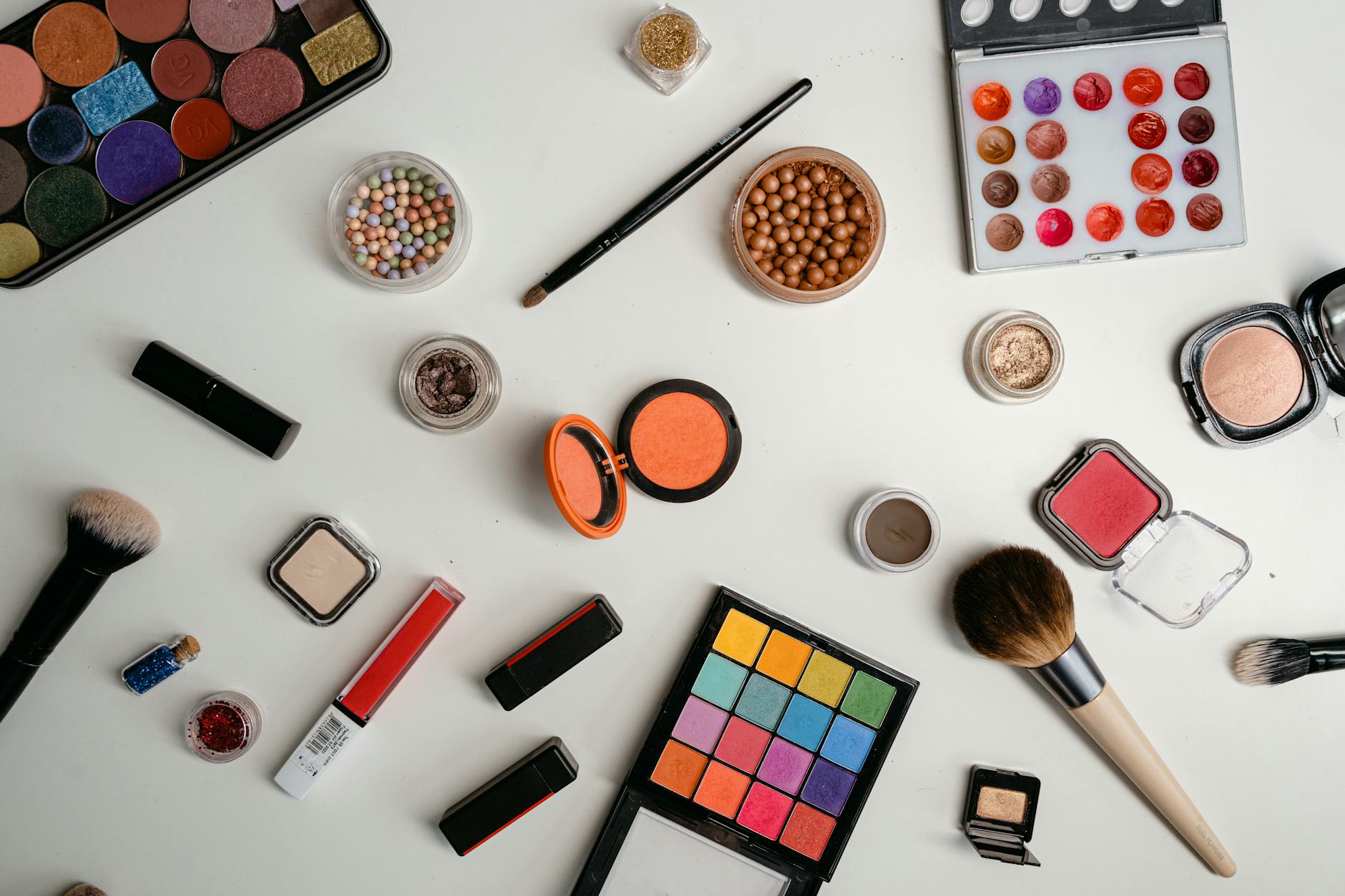How to Support Australia's Ocean Conservation with Smart Sunscreen Choices

The Importance of Sunscreen for Ocean Health
As a marine biologist from Townsville, nestled close to the breathtaking Great Barrier Reef, understanding the intricate relationship between sunscreen and marine ecosystems is paramount. Our study of corals at James Cook University has highlighted how certain chemicals in sunscreens contribute to coral bleaching. This negatively impacts coral reefs, which are crucial for marine biodiversity. Unfortunately, tiny particles from conventional sunscreens wash off swimmers, offend coral polyps, and ultimately degrade reef health.
To foster a healthier environment, it’s important to be informed about chemicals to avoid in sunscreen products. Look for sunscreens free from oxybenzone and octinoxate, as these substances can harm marine ecosystems by disrupting coral self-repair processes. Instead, choosing zinc sunscreen is a more environmentally friendly alternative, providing effective UV protection while causing minimal harm to marine life.
Additionally, harmful ingredients like parabens can cause irregularities in coral reproduction and growth. Their persistence in ecosystems poses long-term threats to marine organisms. I encourage you to adopt eco-friendly sunscreen formulas that prioritize ocean conservation. Through our research and the educational efforts at the Marine Discovery Centre at Reef HQ Aquarium, we hope to inspire others to make sustainable choices that safeguard our underwater worlds. With knowledge and conscious decision-making, we can protect these delicate marine ecosystems for future generations.
Choosing Reef-Safe Sunscreens
Key Protective Ingredients
When selecting sunscreens for optimal marine conservation, it is essential to focus on products made with ingredients that are both effective for human use and gentle on marine life. Mineral-based ingredients like zinc oxide and titanium dioxide are preferred as they do not chemically react in water, thus offering a more sustainable choice compared to traditional chemicals. Notably, mineral sunscreens are effective in reflecting harmful UV rays and promote a balanced ecosystem within our oceans.
Understanding Labels
While shopping for sunscreens, always examine the label to ensure it is free from harmful components such as oxybenzone and octinoxate. These chemicals have been shown to contribute to coral bleaching and damage to marine life. A practical tip is to look for terms like "reef-safe" or "eco-friendly," though these can sometimes be misleading without proper verification. Opt for products with transparent ingredient lists and clear claims about their environmental impact.
Verified Certifications
It’s also advisable to seek sunscreens bearing certifications from reputable organisations, which verify the eco-friendliness of products. Certifications offer an assurance that the sunscreen you choose meets stringent environmental and safety standards. Spending a day snorkeling at the Great Barrier Reef, protected by a certified natural sunscreen, not only safeguards your skin but also ensures the preservation of this iconic marine park. By making informed choices, we contribute to a future where our coral ecosystems continue to thrive.
Application and Usage Tips
Proper Application Methods
Applying reef-safe sunscreen correctly is crucial for both personal protection and the preservation of marine ecosystems. First, it’s essential to apply a generous amount of reef safe sunscreen to all exposed skin areas at least 15 minutes before going outdoors. This timeframe allows the sunscreen to create a protective layer on your skin, reducing the risk of sunburn, while also minimizing the amount that washes off into the water when you swim. Spread an even layer over your body, ensuring you cover spots that are often missed, like the tops of your feet and the back of your neck.
Timing Your Reapplication
Reapplying sunscreen is just as important as the initial application. Many forget, but sunscreen should be reapplied every two hours, especially after swimming or excessive sweating. This ensures continuous protection and limits how much sunscreen washes off into the ocean. Even if your sunscreen is labeled as water-resistant, seawater and sweat can diminish its protective qualities over time, so regular reapplication is key.
Alternating Protection Methods
Using physical barriers alongside sunscreen for protection can further protect your skin and help preserve marine environments. Wear wide-brimmed hats, UV-protective clothing, and sunglasses to reduce direct sun exposure. Additional shelter, such as beach umbrellas, can offer temporary relief from the sun’s rays. These practices, complemented by responsible sunscreen use, contribute to both your safety and the health of ecosystems like those found at the Marine Discovery Centre at Reef HQ Aquarium in Townsville.
Best Practices for Advocacy
Engage with Social Media Dynamically
To increase awareness around reef-safe sunscreens and marine conservation, harnessing the power of social media is vital. Sharing scientific insights, practical tips, and personal stories about the Great Barrier Reef invites more people into the conversation. Use platforms like Instagram and Facebook to post captivating images and videos that highlight the breathtaking beauty of marine ecosystems. This visual appeal can be complemented with educational content discussing the harmful effects of certain sunscreen chemicals, using hashtags related to sustainability and ocean conservation to amplify reach.
Develop Educational Workshops
Organising workshops, especially in places like the Marine Discovery Centre at Reef HQ Aquarium, can provide participants with hands-on experience and knowledge about eco-friendly practices. These educational sessions can explore topics like the impact of harmful chemicals on coral reefs and the importance of choosing sunscreen with zinc oxide or titanium dioxide. Inviting experts from James Cook University to share their insights can enrich these workshops by providing evidence-based information that encourages sustainable living. Participants can leave feeling empowered to make informed decisions that contribute positively to marine ecosystems.
Partner with Brands and Scientists
Collaborations between eco-conscious brands, scientists, and local conservation groups can foster greater public awareness and result in innovative solutions. By working together, these stakeholders can develop and promote products that are both effective for skin protection and safe for oceans. Establishing such partnerships allows for a broader dissemination of knowledge and aligns efforts internationally to protect vulnerable marine habitats like the Great Barrier Reef. Supporting transparent brands committed to sustainability can also encourage more consumers to make eco-friendly choices, ultimately aiding in the preservation of our precious marine life.


